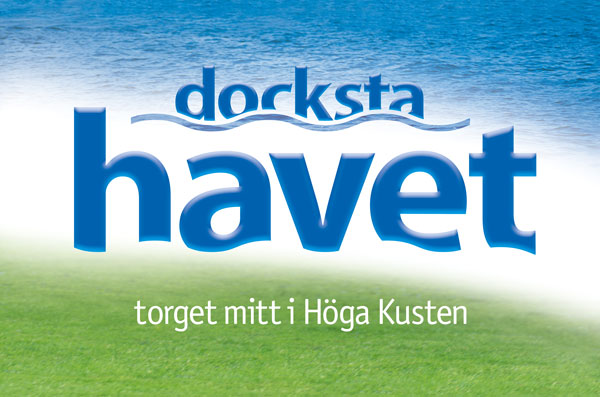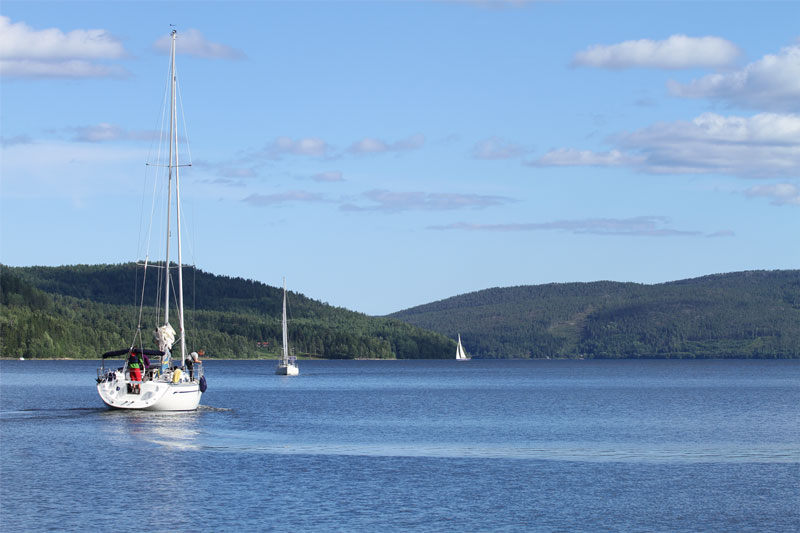- We welcome you to the marina of Docksta Havet and we ask you to please follow the rules of the gästhamn.
- Your pets are very welcome! Please respect other guests and have your dog on leash and pickup after him.
- It's forbidden to use the onboard toilets with direct jettison. For your personal care please use the toilets and showers of the marina in the Service Hus.
- It's forbidden to wash the boats sheding the waste water into the sea.
- Docksta Havet is not a yard: therefore it's forbidden to make refitting on the boats into the Docksta Havet area without permission. Should you need help to contact local assistance for your onboard appliances or the engine, we will be glad to help you :)
- It's forbidden to trash within the area exausted oil or batteries.
Some useful "Nature-friendly" tips
- For the maintenance of your boat, try to use products with the highest grade of biodegradability and the lowest impact on the environment.
- Use preferably "miljöbensin" in your outboard.
- Keep in good efficiency the engine of your boat, checking also periodically eventual lacking of oil or fuel.
- Pay attention on filling the tank not to shed fuel in the environment.
- Proceed at low speed along the shoreline, in order to avoid to produce high waves and acoustic pollution.
- Pay attention not to damage the sea ground when dropping the anchor.



















